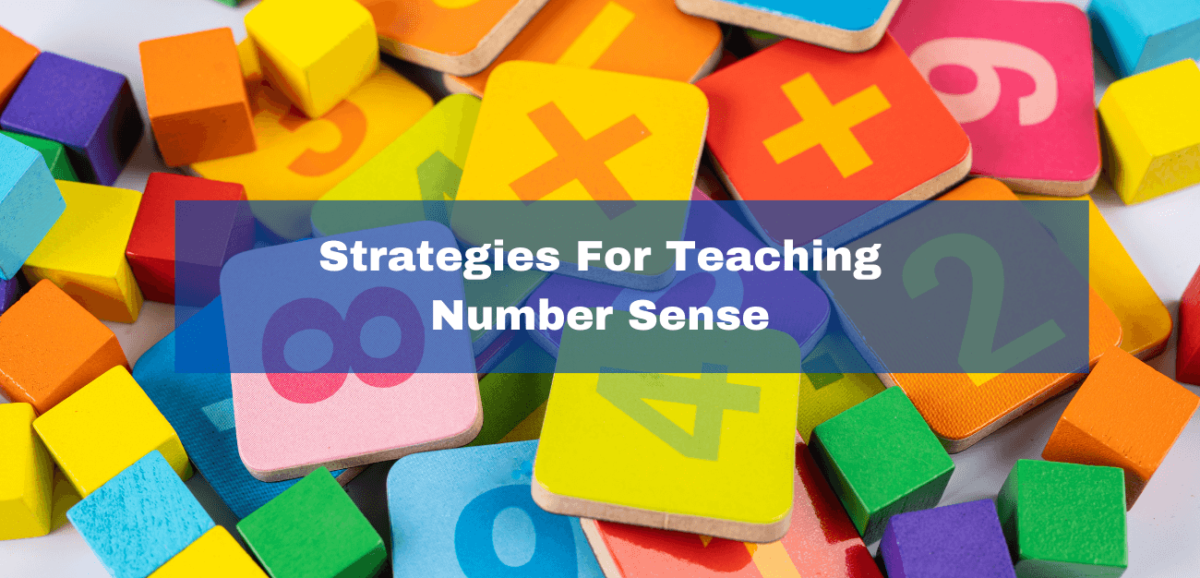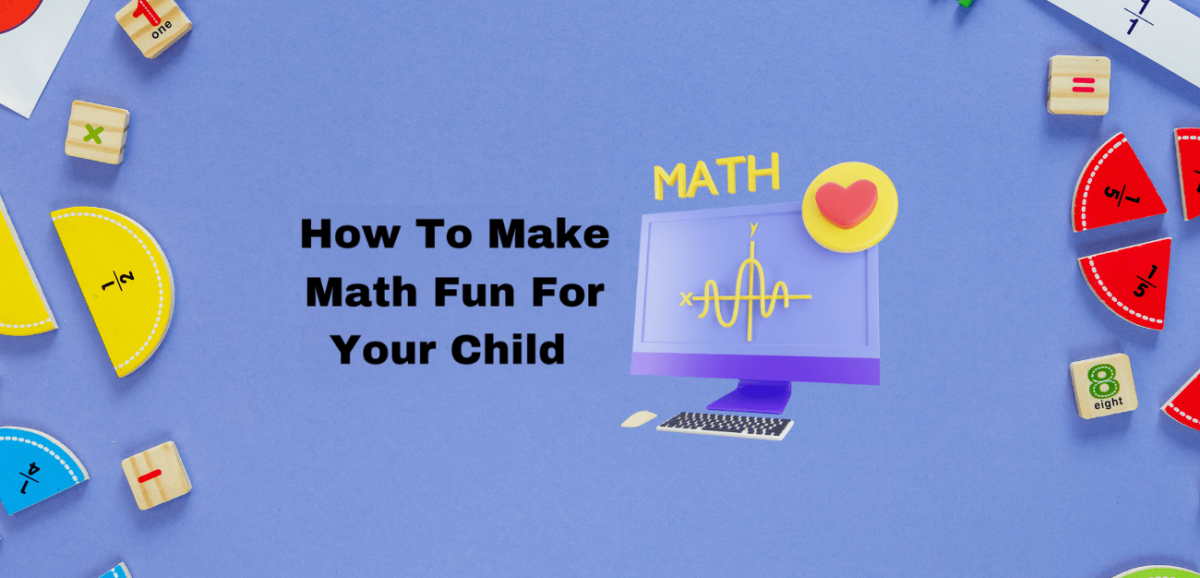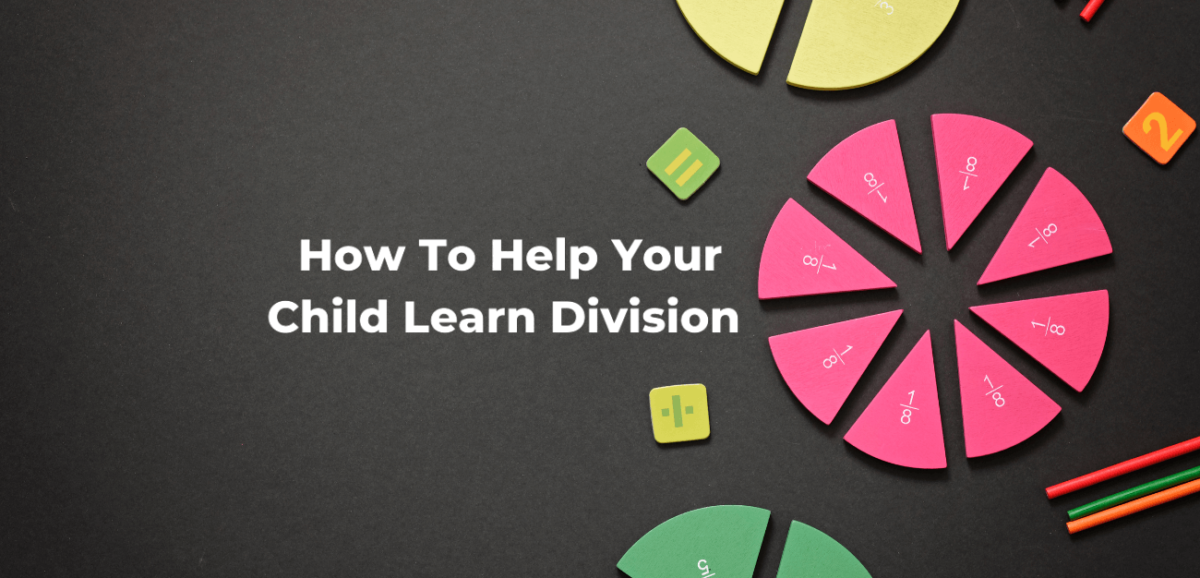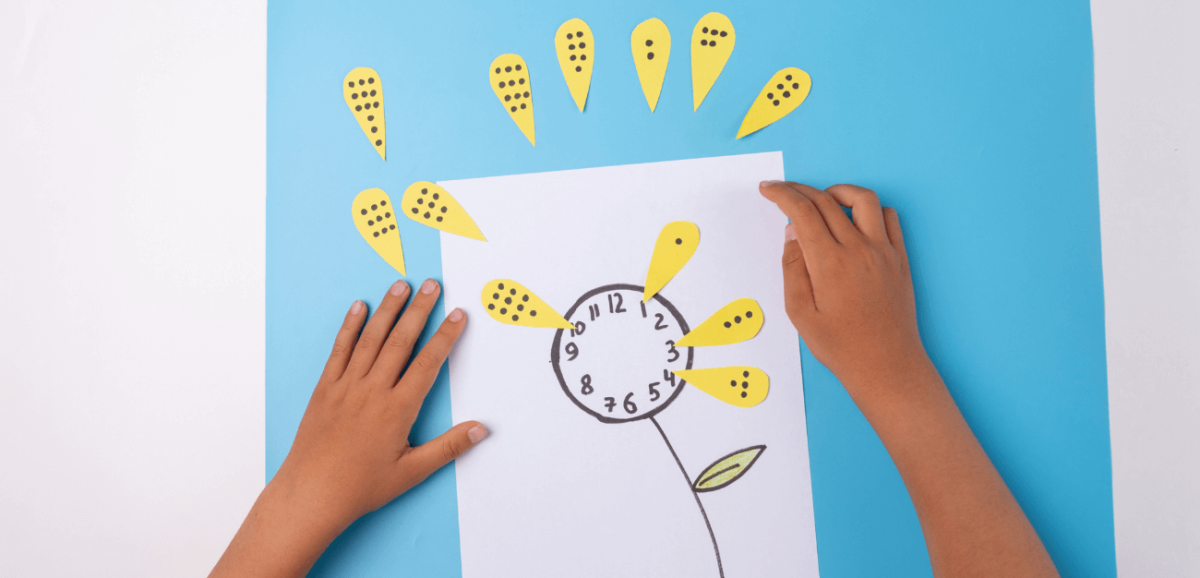Teaching young children number sense is essential when it comes to helping them develop a strong foundation in math. As an adult, you might take for granted the years of practice and repetition that enabled your current mastery of numbers – but for kids just starting out on their journey towards math literacy, a solid […]











